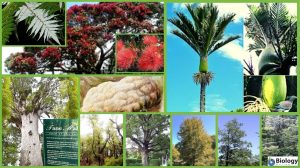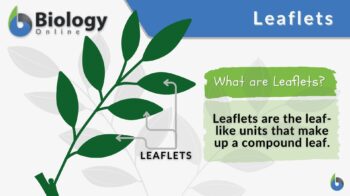
Leaflets
n., singular: leaflet
[ˈliːflɪts]
Definition:
The leaflike units of a compound leaf
Table of Contents
The word “leaflet” is defined as one of the individual leaf-like structures comprising a compound leaf. A quick look at a leaflet may easily lead to the inaccurate impression that it is the leaf of the plant as it does look like a leaf albeit in a tiny form. But a leaflet is, in fact, just a part of the entire leaf structure, thus the name “leaflet”.
The word “leaflet” consists of the word, “leaf” and the diminutive suffix “-let”. The word “leaf” is originally an Old English word referring to a plant’s foliage. The suffix -“let”, in turn, is from Middle English and Old French word, which means a smaller or lesser version (of anything). Thus, a “leaflet” would mean “a petite version of a typical leaf structure”.
-
The general context of leaflets
Many are more familiar with the word “leaflet”, which pertains to a small piece of paper that is disseminated to the public with the intent to inform or campaign, such as a product or an event. It seems its contextual use is connected to the concept of a “leaf” referring to a page of a book.
The usage might have come from the fact that since ancient times books were prepared using plant materials, such as dried leaves dating back to the 5th century BCE. (Shi et al., n.d.) Thus, it is likely that the word leaflet would have emerged as a concise and succinct version of the larger “leaf” of a book.
Nevertheless, no historical sources can definitively support such a correlation. In spite of that, this could add another layer to the potential reasoning behind their cognate usage prevalent to this day, considering their historical premise.
-
Leaflets in Botany
In botany, a leaflet refers to any of the individual leaf-like structures that make up a compound leaf. To understand this better, let’s have a look at a compound leaf and its difference from a simple leaf:
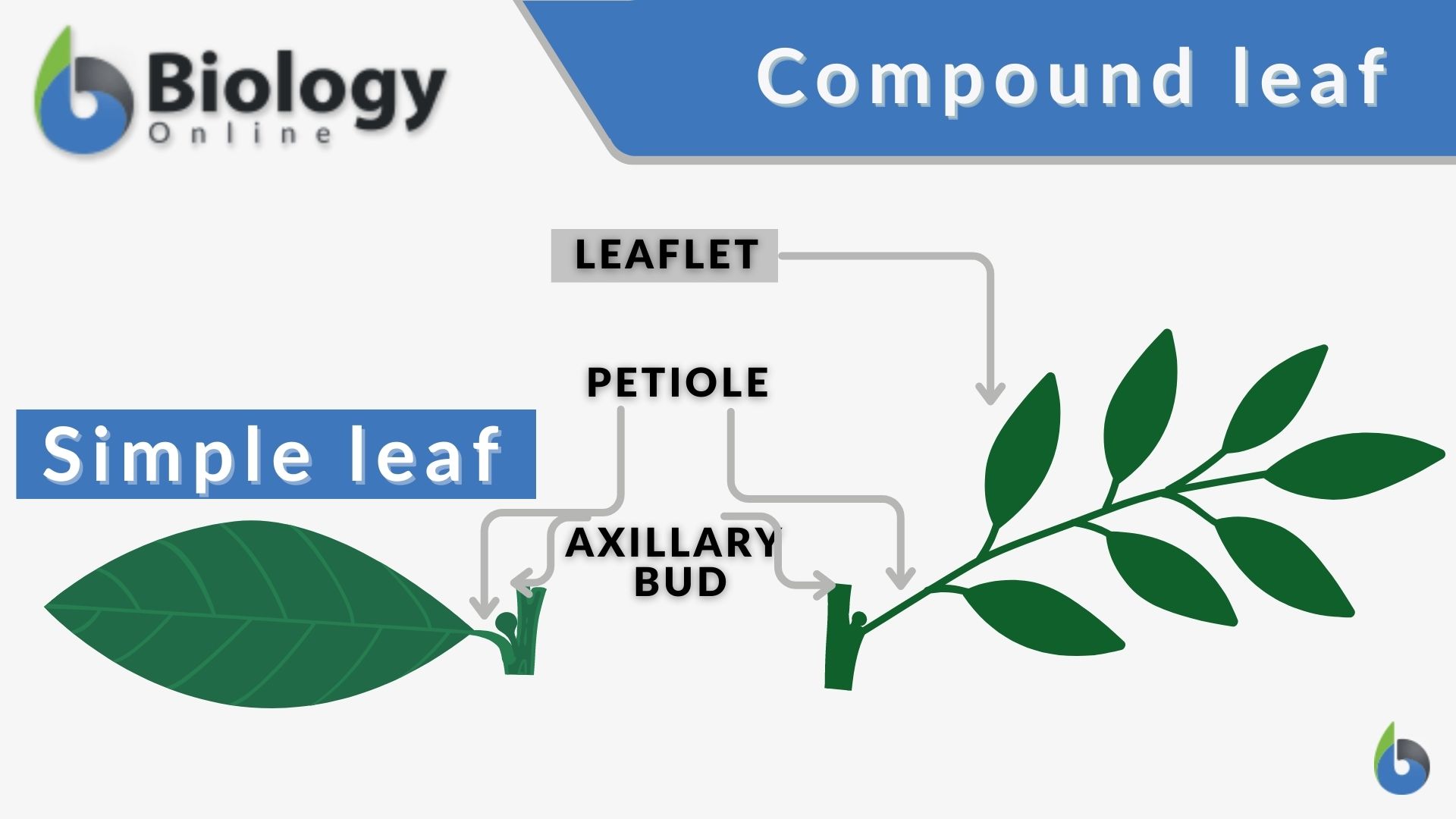
A compound leaf can be distinguished from a simple leaf morphology by being composed of multiple leaflets attached to a common stalk or petiole. Each leaflet has its own blade and venation. Sometimes a leaflet has a petiolule, which is the small stalk that attaches the leaflet to the petiole.
Biology definition:
A leaflet is one of the segments of a compound leaf. Leaflets are attached to the rachis, which then is continuous to the petiole. Examples of plants with leaflets are clovers (Trifolium spp.), Mimosa tree (Albizia julibrissin), and poison ivy (Toxicodendron radicans. Synonyms: foliole; pinna. Compare: leaf
-
Leaflet morphology
Leaflets vary in shape, size, arrangement, and other morphologies.
-
- Based on shape, leaflets may be oval, lanceolate, elliptical, or other distinct shapes.
- As mentioned above, leaflets may be petiolulate (presence of petiolule) or stalkless (sessile; absence of petiolule).
- The arrangement of leaflets on the petiole can be:
- Palmate: radiating from a central point like the fingers of a hand, e.g., silk cotton leaf, horse chestnut leaf
- Pinnate: arranged on opposite sides of the petiole like the feathers of a feather.
- Based on the number of leaflets, it may be:
- Paripinnate: with an even number of leaflets, e.g. tamarind, Mimosa leaves
- Imparipinnate: with an odd number of leaflets, e.g., neem, Rosa spp.
- Based on how they are divided, it may be:
- Unipinnate: simple pinnate with leaflets, where leaflets are not further divided, e.g, Cassia
- Bipinnate: with secondary leaflets, where each leaflet is further divided into another set of leaflets, e.g., Acacia
- Tripinnate: where secondary leaflets are further divided into smaller leaflets, e.g., moringa
- Based on the number of leaflets, it may be:
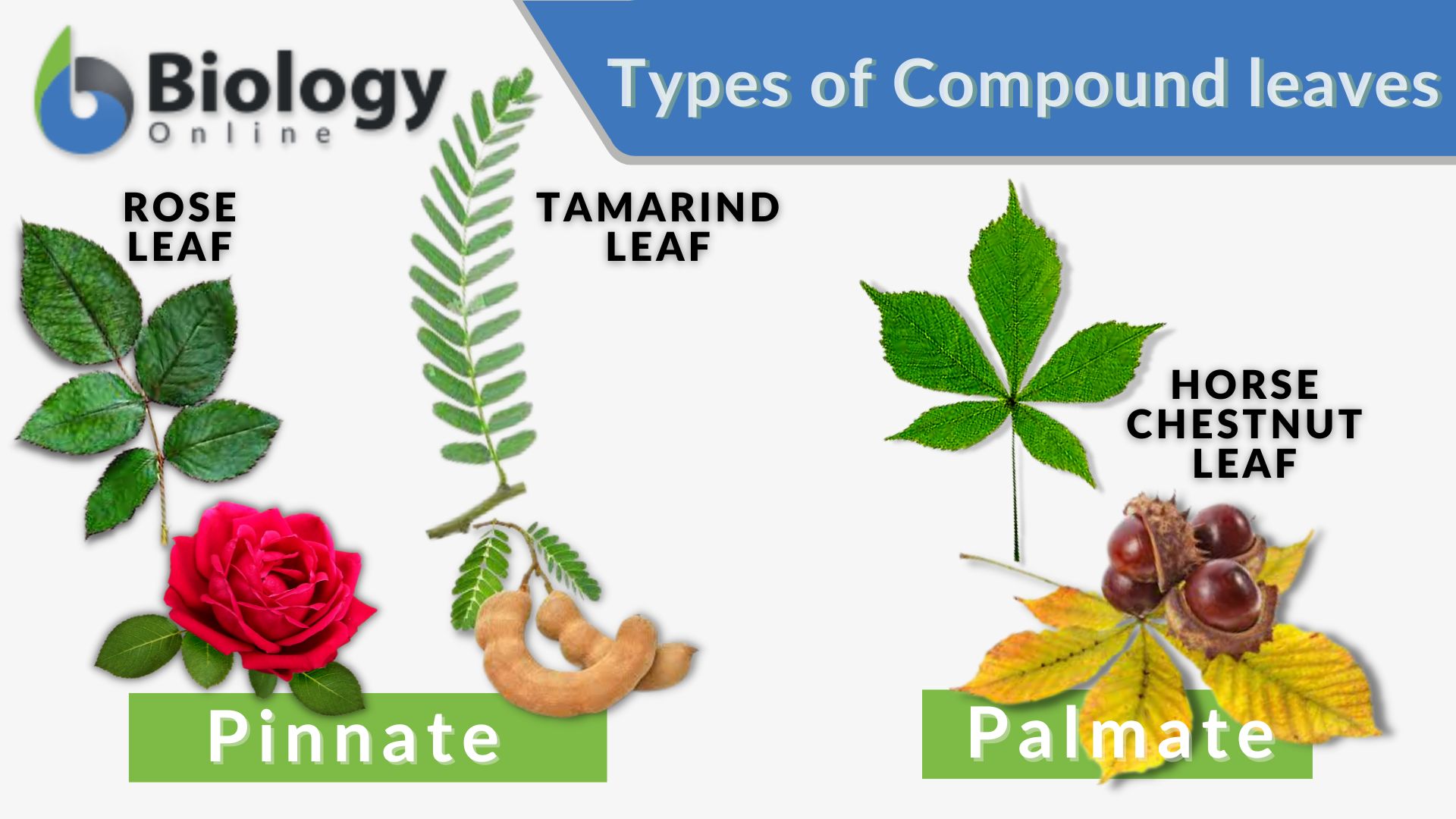
Note it!
“Is maple leaf a palmate compound leaf?”
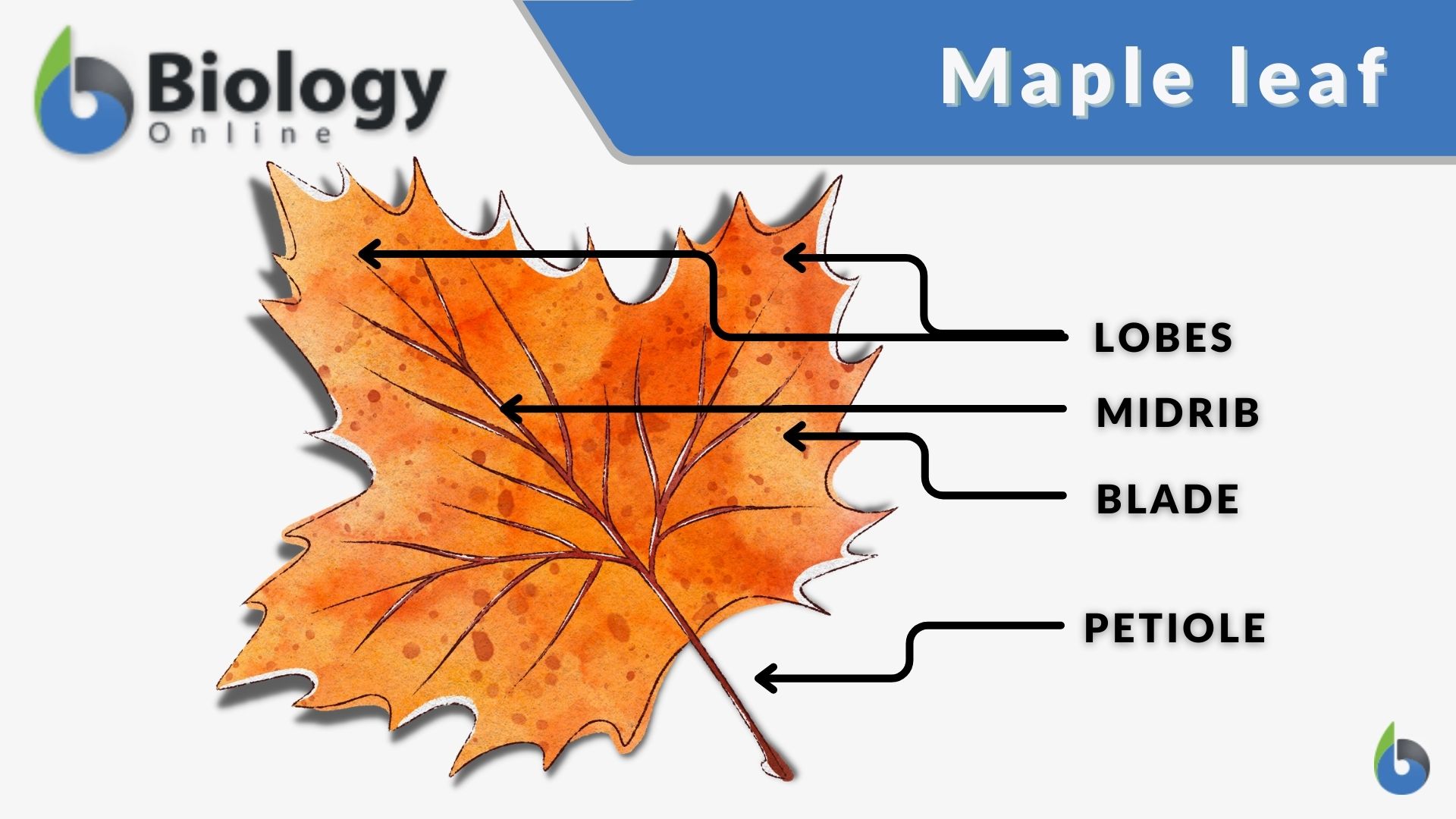
No! A maple leaf is not a compound leaf. It seems the leaf is divided into segments due to the gaps between the lobes. However, the lobes do not reach the midrib and so are not divided all the way through. All parts are still connected. Therefore, the maple leaf is not a palmate compound leaf with leaflets but a simple leaf with palmate lobes. (The University of Maine, 2013)
The same reasoning applies to the lobed simple leaves of papaya (Carica sp.), grapes (Vitis sp.), and sweetgums (Liquidambar styraciflua).
-
Leaflets as an evolutionary advantage
Leaflets, like the other true leaves in general, have chloroplasts that carry out photosynthesis. They also are organs for transpiration, where water vapor and gas exchange occur via stomata. They have a blade, the expanded portion of the leaf collecting light energy. However, because the leaf is divided into leaflets, how can this be considered an evolutionary advantage?
Plants with a single leaf morphology have broader leaf blades that offer a wider surface area for collecting light. Thus, how can plant species with leaflets take it as their evolutionary advantage if their leaves have “gaps”?
A simple leaf would have only one leaf blade or lamina — not divided into segments — supported by a single petiole (leaf stalk). In contrast, a compound leaf would be a leaf divided into smaller units called leaflets attached to a common petiole.
A compound leaf may not have a leaf surface as broad as the simple leaf of the same size but it is, nonetheless, efficient in capturing light. It seems it would have a relatively lower surface area for photosynthesis, but the opposite holds true in reality.
-
- Better access to light for an efficient photosynthesis. Think of a giant leaf, for instance. Despite the enormous leaf size, it can be a disadvantage as it could cast a shadow over, and thereby block, the leaves underneath it. The leaflets, on the other hand, could allow leaflets below to still access adequate amount of light for photosynthesis.
- Less water loss when considering leaf surface area. A leaf divided into multiple leaflets would also be advantageous when it comes to minimizing water loss, which can be a problem for a similar-sized simple leaf due to a larger leaf surface exposed to transpiration, thus, greater water loss.
- Greater flexibility and adaptability. Multiple leaflet formation offers the plant greater flexibility and adaptability, for example, by orienting its leaflets to where it would benefit, e.g., to where the light is more available.
Watch this vid about the parts of a compound leaf, including leaflets:
Take the Leaflets – Biology Quiz!
Further Reading
References
- Shi, Z., Setlur, S., and Govindaraju, V. (n.d.). “DigitalEnhancementofPalmLeafManuscript ImagesusingNormalizationTechniques”. Retrieved from https://cedar.buffalo.edu/~zshi/Papers/kbcs04_261.pdf
- 30.9: Leaves – Types of Leaf Forms. (2018, July 16). Biology LibreTexts. https://bio.libretexts.org/Bookshelves/Introductory_and_General_Biology/Book%3A_General_Biology_(Boundless)/30%3A_Plant_Form_and_Physiology/30.09%3A_Leaves_-_Types_of_Leaf_Forms.
- The University of Maine. (2023). Red Maple (Acer rubrum) Fact Sheet – Signs of the Seasons: A New England Phenology Program in Signs of the Seasons: A New England Phenology Program. Retrieved from https://extension.umaine.edu/signs-of-the-seasons/indicator-species/red-maple-fact-sheet/
©BiologyOnline.com. Content provided and moderated by Biology Online Editors.



